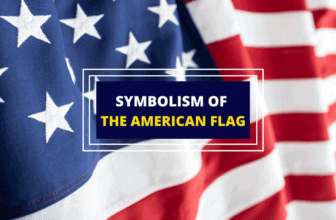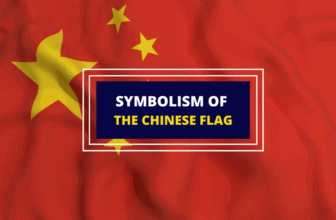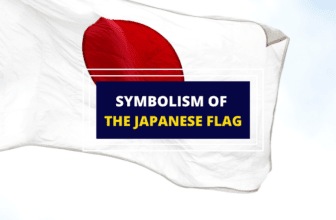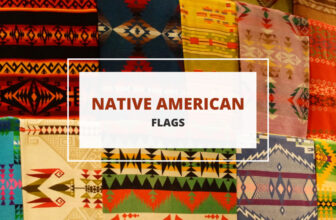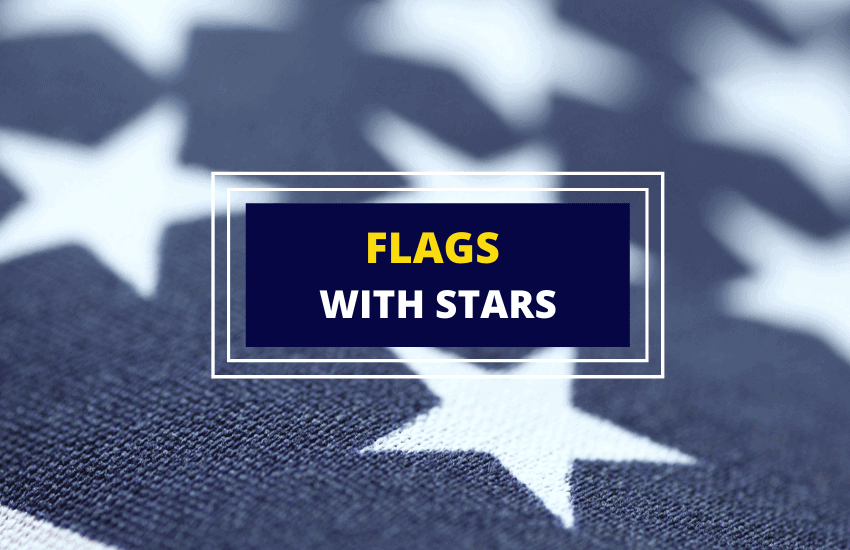
Table of Contents
With over 50 countries that use stars in their flags, stars are considered the most popular symbol in flag designs. People often manipulate around with the shape, color, and position of stars to come up with a national symbol that perfectly represents their country’s history, culture, and principles. These stars can represent many things, from the number of a country’s territories to the unity of its people. Here’s a list of countries that feature stars in their national flags.
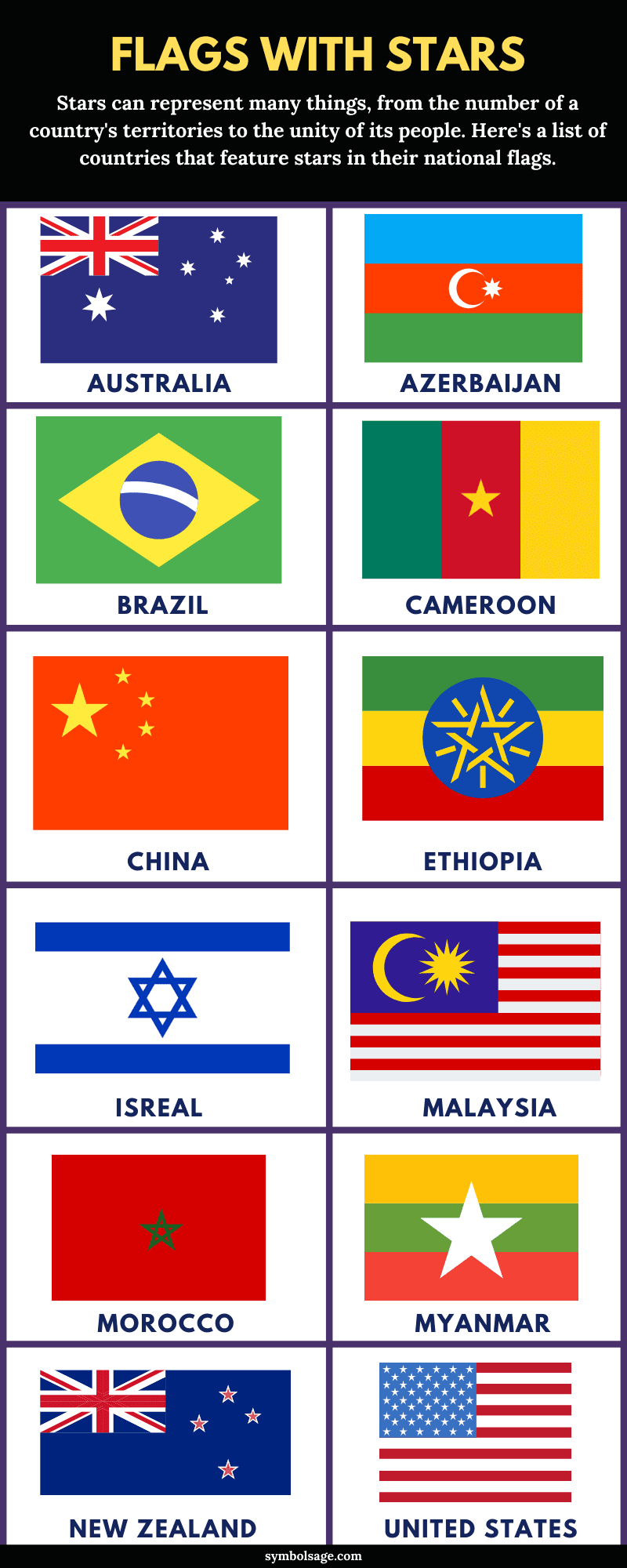
Australia
Australia’s flag consists of the famous Union Jack and six stars over a plain blue field. While the Union Jack is a remembrance of its history as part of the British settlements, the biggest seven-pointed star stands for the Australian Federation, with each of its seven points representing the country’s states and territories. In addition, it has four smaller stars, popularly known as the Southern Cross, which denotes a constellation that hints at Australia’s unique geographical location.
Azerbaijan
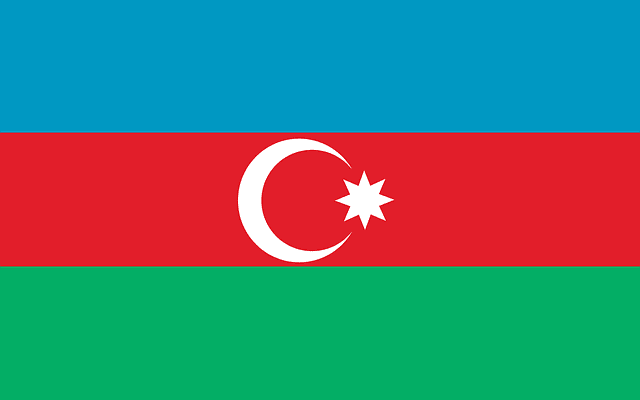
The national flag of Azerbaijan is known for its tricolor bands of blue, red, and green as well as a distinct crescent moon and a star in its center. While the blue horizontal stripe symbolizes the nation’s proud Turkic heritage, the red stands for democracy and the green for the strong Islamic influence over the country. Similarly, its use of a combination of a crescent moon and a star are linked to its Islamic faith.
There is some disagreement about why the star in Azerbaijan’s flag has eight points. One group says that it corresponds to the eight letters that the word Azerbaijanwhen written in Arabic, while another group says that it refers to its main ethnic groups.
Brazil
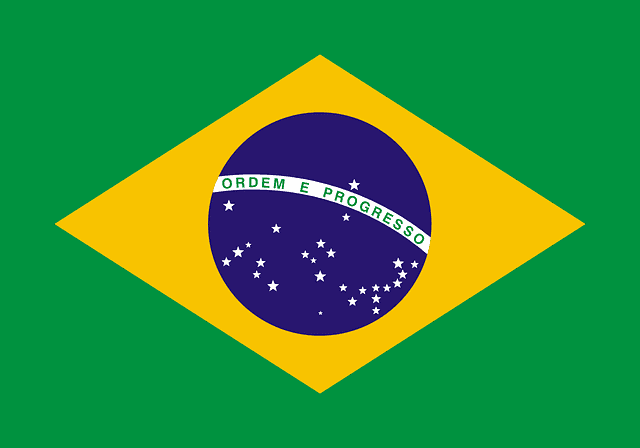
Also known as The Gold-Green and The Green and Yellow, Brazil’s flag is easily recognizable because of its striking combination of green, gold, and blue colors. The blue globe sitting at its center boasts two distinct features – a banner that reads Ordem e Progresso, meaning Order and Progress, and a constellation of stars that includes the well-known Southern Cross.
The stars in the Brazilian flag refer to the country’s territories, specifically its federal district and 26 states. They were arranged to look similar to the constellations that can be seen above the Southern Hemisphere.
Cameroon
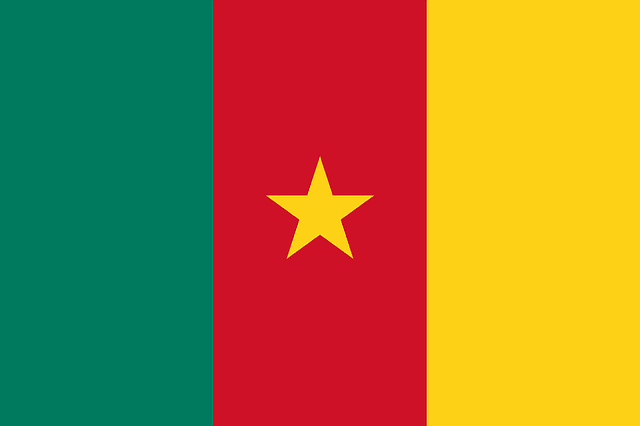
The national flag of Cameroon features vertical stripes of green, red, and yellow, which are all considered traditional Pan-African colors.
The red stripe in its center represents unity, the green band stands for Cameroon’s forests, and the yellow band depicts the sun. Moreover, the golden star in its center, also known as the Star of Unity, is meant to augment the sense of unity that its red color represents.
Chile
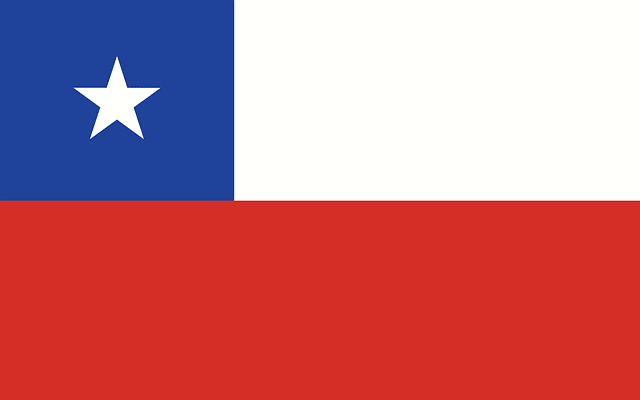
Chile’s flag consists of two horizontal bands of white, red and a blue canton that bears a striking white star. This single five-pointed star has earned it the nickname La Estrella Solitaria, or The Lone Star.
While there are conflicting interpretations of what the star means, the most popular is that it represents the Chilean government and the country’s status as an independent state. Together with the blue stripe, which stands for the Pacific Ocean, the white stripe for the snow-covered Andes mountains, and the red band for the blood that its heroes shed, every symbol in Chile’s flag perfectly represents the nation in its entirety.
China
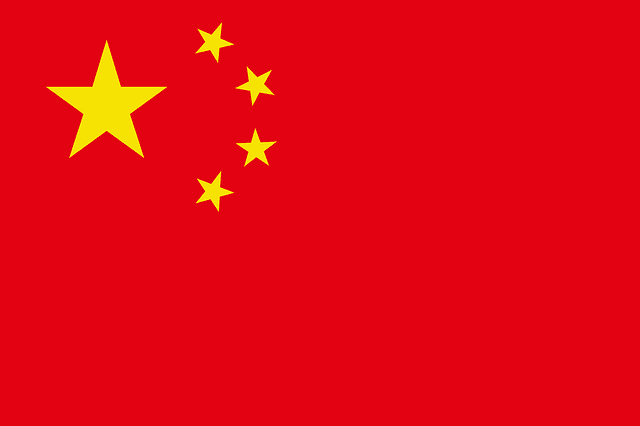
The Chinese flag, known to many as the Five-star Red Flag, has become one of today’s most recognizable national symbols. Its iconic design includes five golden stars over a bright red field, which people commonly associate with the country’s communist past.
Different interpretations of the stars have popped up over the years, but the most common stems from its revolutionary beginnings. The biggest star holds a prominent position because it represents the Communist Party.
The smaller ones on its right-hand side stand for its nation’s revolutionary classes – the peasantry, the working class, the petty bourgeoisie, and the national bourgeoisie, all of whom were instrumental to the rise of the People’s Republic of China.
Cuba
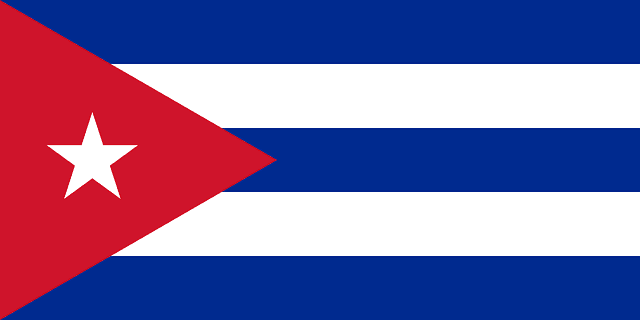
Cuba’s flag features a red triangle that contains a white five-pointed star, three horizontal blue bands, and two horizontal white bands.
While the red triangle is said to symbolize the lives lost in Cuba’s fight for independence, the white bands stand for the purity of its nation’s ideals, and the blue stripes refer to the country’s original political departments when the flag was made. Moreover, its five-pointed white star bears significant meaning as it represents independence and solidarity.
Ethiopia
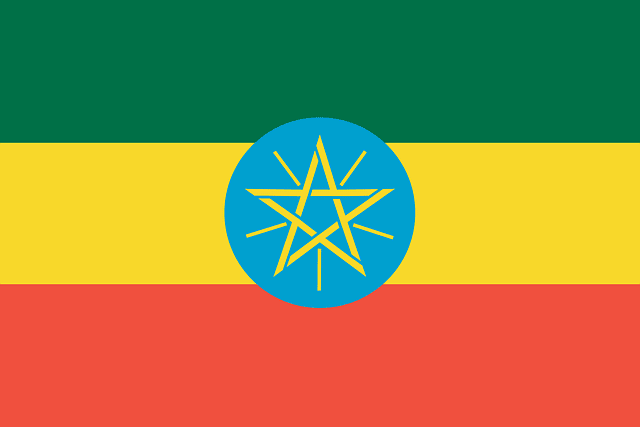
Ethiopia’s flag is known for its tricolor bands of green, yellow, and red, as well as its national emblem, which includes a golden pentagram inside a blue disc. Like most countries, Ethiopians use the color red to symbolize the blood spilled by their ancestors to defend Ethiopia’s sovereignty. Its green and yellow stripes are just as important because they symbolize hope, freedom, and peace, which are all key ideals that the country clings to.
The distinct yellow star inside the blue disc in its center is a symbol of Ethiopia’s bright future. The yellow, equally sized rays around the star also add meaning to it as they represent the country’s goal to treat all its people equally regardless of their sex, race, or religion.
Ghana
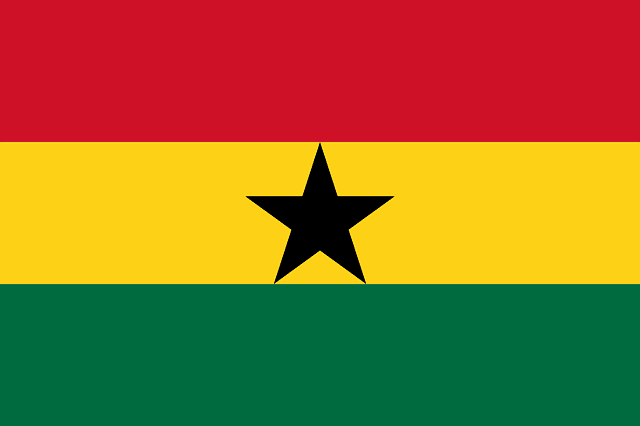
Ghana’s flag looks reminiscent of Ethiopia’s because it has similar colors – red, gold, and green. However, the arrangement of its horizontal stripes and the plain black star in its center makes it quite easy to tell the two apart. It’s also interesting to note how Ghana’s interpretation of these colors compares to Ethiopia’s – red for bloodshed, gold for its wealth, and green for its rich forestry.
The black star that sits in the middle of its golden band depicts Africa’s emancipation from the United Kingdom. Some say that it was inspired by the Black Star Line, a shipping line that was once known to transport goods throughout African countries.
Israel
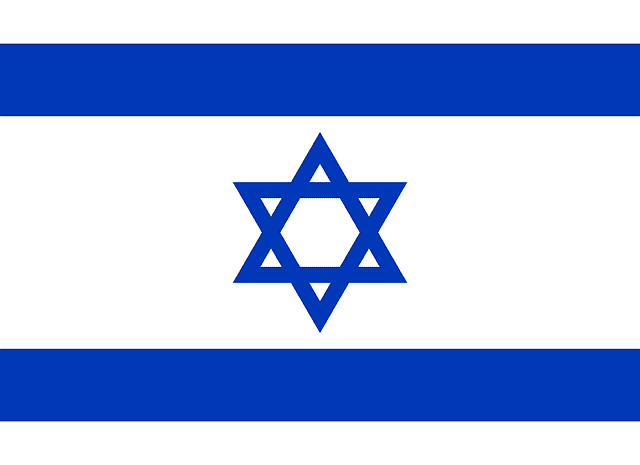
The Israeli flag bears a distinct blue hexagram over a white background and two blue horizontal stripes above and below it. Heavily influenced by the Jewish religion, its design features blue stripes that symbolize the traditional Jewish prayer shawl. In addition, the hexagram in the middle represents the Star of David, a globally recognized symbol of Judaism and Jewish identity.
Malaysia
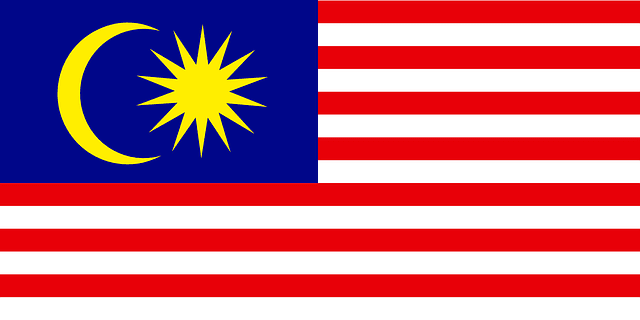
The design of the Malaysian flag was largely inspired by its strong Islamic faith and its rich history as a British settlement. The crescent and star combination is similar to that of Azerbaijan’s flag, although its distinct 11-pointed star makes it unique. While the star itself signifies the sense of unity among Malaysia’s member states, its alternating red and white stripes represent the diversity of its federal territories.
Morocco
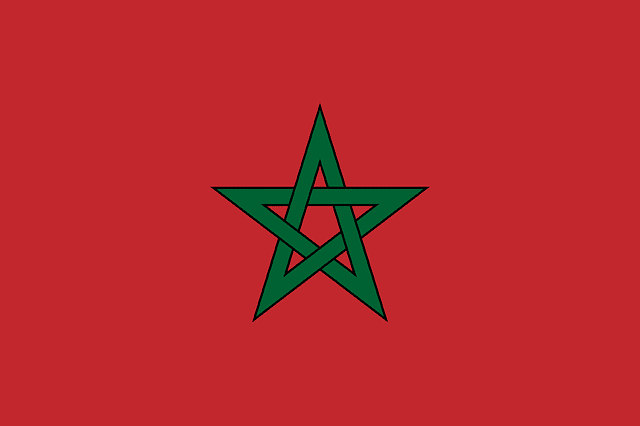
Morocco’s flag has a simplistic design of a green star over a plain red background. Its stylized star has five continuous lines that meet to form five distinct points.
The star symbolizes the five pillars of Islam, which is a significant aspect of Morocco’s predominantly Muslim nation. These pillars or core beliefs include the profession of faith (shahada), prayer (salat), alms (zakat), fasting (sawm), and pilgrimage (hajj).
In terms of its choice of color, red represents the strength and bravery of its people and green signifies positive feelings of peace, hope, and joy.
Myanmar
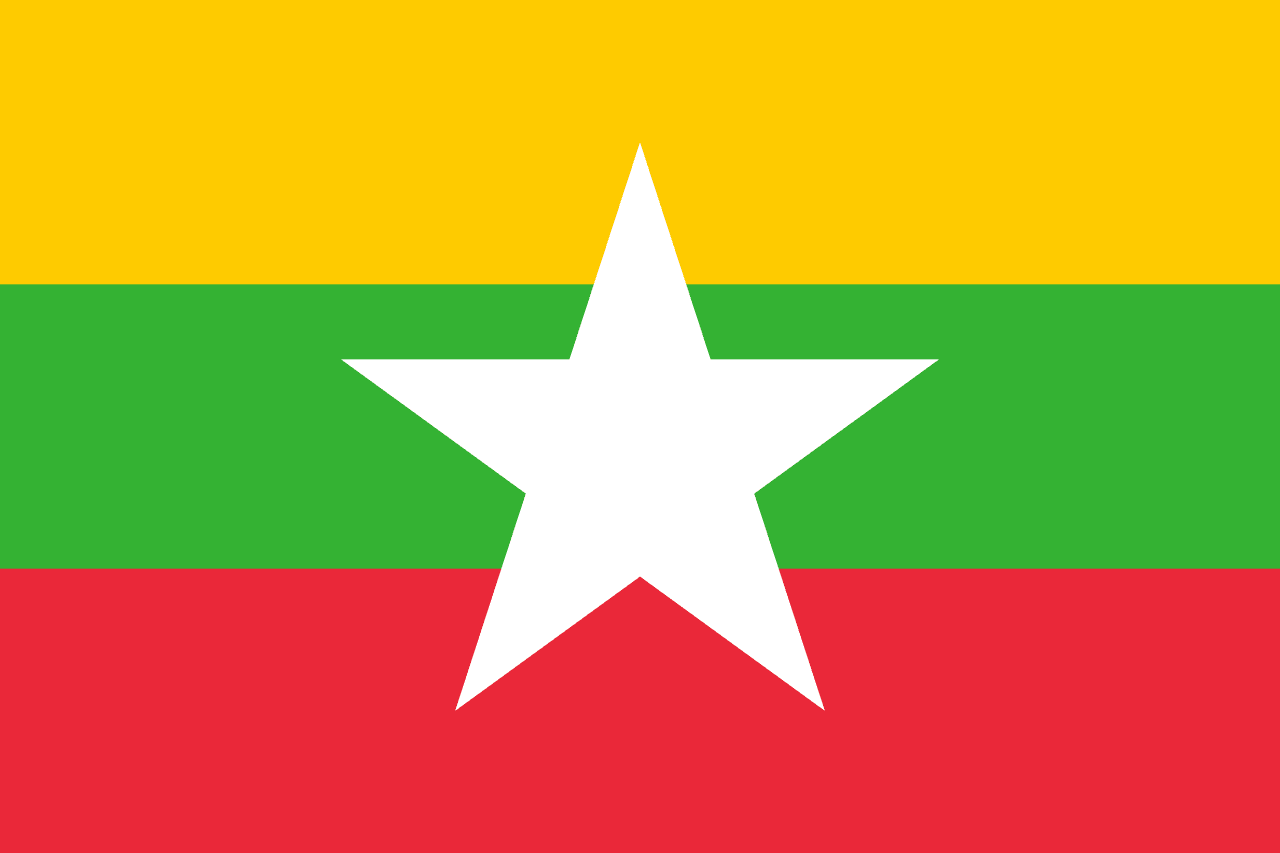
The current Myanmar flag is pretty new as its design was recently changed in the 2008 Constitution. It features a huge five-pointed star in the middle of a tricolor of yellow, green, and red. While the white star serves as a reminder of the country’s unity, the yellow stripe stands for solidarity, green for peace and lush greenery, and red for bravery and determination.
New Zealand
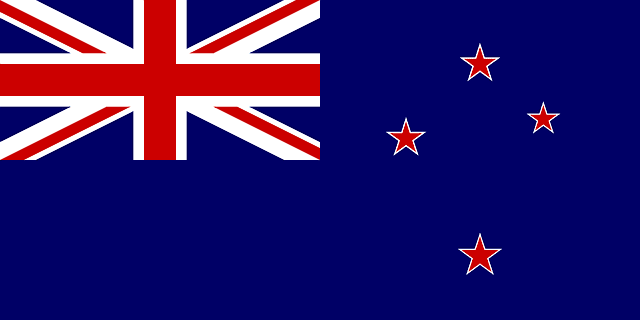
New Zealand’s flag looks similar to Australia’s, but its distinct characteristics make it stand out. It bears the familiar Union Jack on its upper left corner, but it displays four red stars instead of six white stars.
It’s also interesting to note the similarity between how New Zealand and Australia use the Southern Cross to emphasize their location in the South Pacific Ocean. Interestingly, the red color of its stars does not mean much – it was simply chosen to complement the colors of the Union Jack.
United States
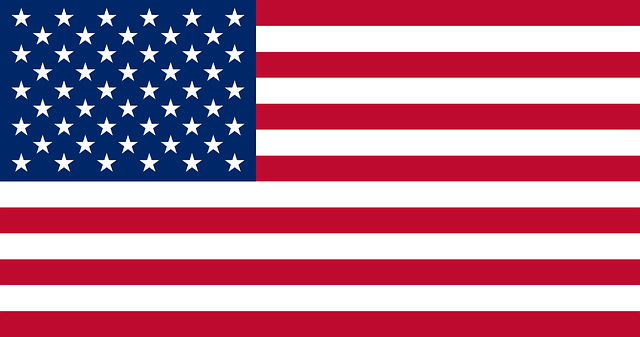
The US flag goes by many names, but the Star-Spangled Banner and Stars and Stripes are the easiest to remember because they perfectly describe its design. It consists of 13 horizontal stripes of red and white that represent the country’s original 13 colonies. It also showcases 50 white stars, with each star symbolizing a state of the Union. Since a new star is added to the US flag every time a new territory is declared a state, the American flag has gone through 27 iterations to date.
Wrapping Up
While many countries use stars in their flags, it’s interesting to know how their culture and history influence their decisions when coming up with a final flag design. This is exactly why the more you know about a country’s history, the easier it is to remember what its flag looks like.




